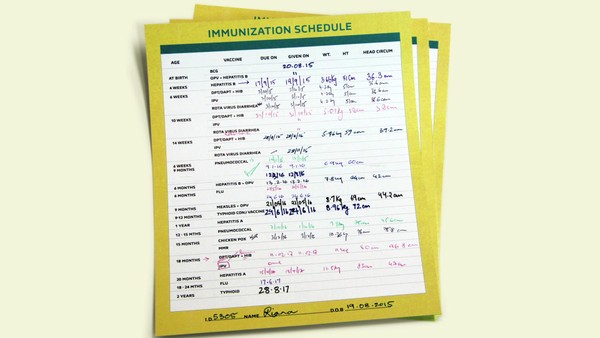Pharma > Pharma Communications to Non-Healthcare Professionals
EYELOVE STATION DOMINATION
DIGITAS HEALTH LIFEBRANDS, Philadelphia / SHIRE / 2017

Overview
Credits
OVERVIEW
Audience
Women ages 40+ who are diagnosed with Dry Eye or self-treat with over-the-counter eye drops. Our ideal target is a heavy computer and mobile phone user and strives to be “all in” on her life’s passions.
BriefExplanation
BriefWithProjectedOutcomes
Standard US pharmaceutical regulations for non-branded materials applied
CampaignDescription
So much of what we love, we love with our eyes. But when dry, itchy eyes keep interrupt the things we love, it’s time talk to an eye doctor about Dry Eye Disease. That’s eyelove.
or commuters in Boston, Chicago, New York and other major US cities, we brought the notion of eyelove into transit stations, where their eyes are often fixed on their smart phones (a major trigger for dry eye symptoms).
But this wasn’t just eye candy. We custom-mapped our messages based on the behavior patterns of our audience at different spots in each station. Passing through a turnstile? A logo will do the trick. Strolling down a walkway? You’d see big visuals and quick headlines about some of the city’s eye-pleasing hot spots. Standing on a train platform looking at your phone?
Execution
For the eyelove station domination projects, we could have just placed beautiful ads throughout train stations, as many advertisers would do. Instead, we created a brand experience where their path through the train station mirrored their path through our brand messages.
Stations ranged in size from 150 pieces to over 650 pieces. Each station had its own unique commuter pattern. Therefore, our pieces were categorized based on what commuters would be doing when they experienced them: “go” for entrances and exits, “transition” for walkways, and “stop” for spots where commuters are standing and waiting. The creative pieces were designed to match the layout of each specific station to maximize the relevance and asthetics, and to provide some content unique to each city.
Outcome
We succeeded in created a new commuter pattern that illuminated how the Dry Eye pattern interrupts the things they love. Across 11 stations in 6 cities, over 42 million commuters experience the eyelove campaign, contributing to a 43% lift in prescriptions written for Dry Eye medications. That’s a lot of people showing their eyes some eyelove.
Relevancy
The eyelove station domination projects were an extension of the larger eyelove campaign, featuring television, print and online media. Each station domination took into account the unique floor plan and commuter behaviors in order to create an immersive, impactful brand experience.
Strategy
Our strategy behind these station dominations was to fight the interruptions caused by Dry Eye by interrupting the morning commute with beautiful, fresh perspective on Dry Eye.
Our unique approach involved mapping the placement of each piece to location-based behavior patterns, delivering bright and colorful imagery when people are on the move and a deeper level of information when they’re standing around waiting for a train.
Synopsis
For millions of women, dry eyes are a fact of life. Many of them chalk it up to aging — but modern factors like staring at a computer screen or smart phone and binge-watching TV are leading to a rise in Dry Eye, too. Over-the-counter eye drops are a quick fix for many people. But others just cope with their dry eyes, manage through the interruptions, and settle for less enjoyment of the things they love to do.
Even though Dry Eye is common, the condition suffered from a lack of understanding and action. Essentially, Dry Eye needed some love. The transit advertising campaign was a extension of our larger consumer-based eyelove campaign.
More Entries from Prescription - Unbranded Communication in Pharma
24 items
More Entries from DIGITAS HEALTH LIFEBRANDS
24 items









